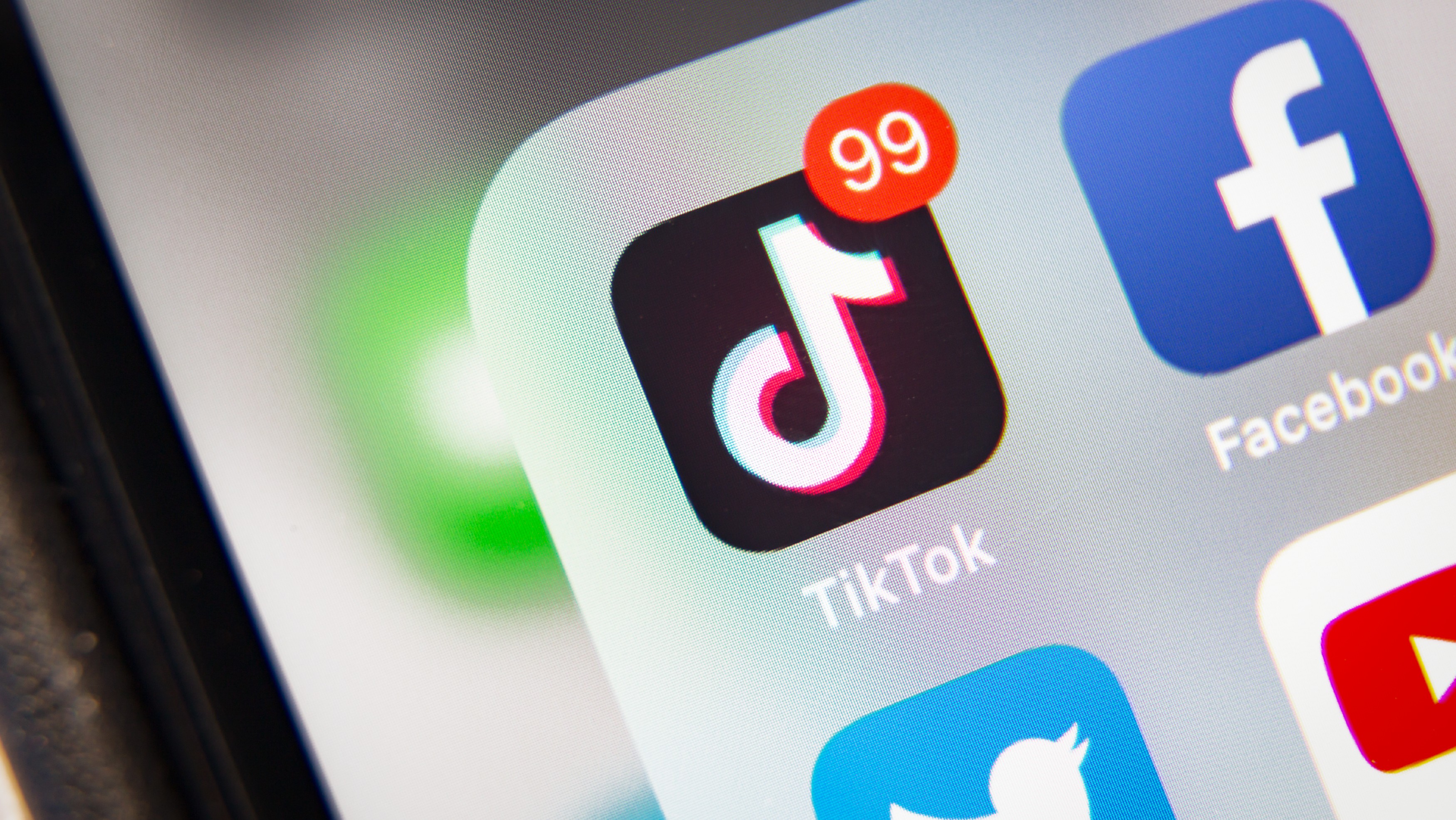Creator Feature - Mirna K.

Will the end of TikTok end short-form video content all together?

In recent years, short-form video content has exploded in popularity, thanks in large part to apps like TikTok. However, TikTok's future in the United States is currently uncertain. With the government threatening to ban the app due to concerns about data privacy and security, the app's users and internal teams are weary this may be the end. But does this mean that short-form video content will come to an end if TikTok is dismantled in America? Not necessarily.
TikTok is undoubtedly a massive player in the short-form video market, with over 1 billion active users worldwide and 150 million in the United States alone.
First, let's take a look at the numbers. TikTok is undoubtedly a massive player in the short-form video market, with over 1 billion active users worldwide and 150 million in the United States alone. However, TikTok is not the only app offering short-form video content. Products like Instagram Reels, YouTube Shorts, and Snapchat's Spotlight are all vying for a piece of the market. In fact, Instagram Reels has already gained significant ground, with over 250 million active users.
Furthermore, short-form video content is not new. Vine, the now-defunct video-sharing app, was a pioneer in the space and had a devoted following before it shut down in 2017. Snapchat's disappearing video feature, which launched in 2011, also paved the way for the popularity of short-form video content. In other words, short-form video content existed long before TikTok and will continue to exist after TikTok, regardless of whether the app is banned in the United States.
But what about TikTok's unique algorithm and unique editing features like duets and stitches? Will users migrate to other platforms that do not offer these features? While TikTok's algorithm and content creation tools are certainly part of the app's appeal, they are not the only reason why users consume short-form video content. The type of content and entertainment that can be found on TikTok is far more of a reason for users to come back to the app rather than a great user experience. The content itself and the major names who are behind it are the reasons people flock back. When those creators find a new platform to push their content onto, their audiences will follow. Looking back we saw creators merge from Vine stars to Youtube sensations, and now making their mark on TikTok, it's clear that many of these creators have devoted followers who will consume their media regardless of the platform.
Another reason why short-form video content is likely to continue even if TikTok is banned in America is that the format itself aligns with the way that people consume media today. In an age of information overload, shorter and more concise content is becoming increasingly popular. In fact, a study by Microsoft found that the average human attention span has decreased from 12 seconds to just 8 seconds over the past two decades. This trend toward shorter attention spans is driving the demand for short-form video content as it is more enjoyable to consume.
In conclusion, while TikTok has played a significant role in the rise of short-form video content, its potential demise in the United States does not spell the end of the format. Other platforms are already gaining ground, and users have become accustomed to consuming short-form video content. So, will the end of TikTok be the end of short-form video content? Not by a long shot.